If you’re someone who shaves regularly, you know that sometimes afterward, your skin can feel itchy. To achieve smooth skin, some form of grooming might cause discomfort and leave you wondering how to stop itchy legs after shaving.
Itchy skin might be foreign to you, but sometimes it just happens. There are a few different reasons why itchiness might occur, and thankfully there are also a few things you can do to fix it.
Whether you shave for aesthetics or hygienic reasons, learning to stop itchy legs after shaving is vital information you should know, so read on.
What Causes Itchy Legs After Shaving?
When you shave, your skin gets exposed to tiny particles of sharp metal, called micro-fine particles (similar to sand), which can irritate.
These particles can enter your body through cuts and scrapes, or they can get trapped in your hair follicles.
When this happens, it causes razor burn, a skin irritation triggered by wrong shaving techniques. The two most common causes of razor burn are an ingrown hair follicle and an infected cut. Ingrown hairs are hairs that grow into the skin instead of outwards.
These can become infected if bacteria from your skin enter the hair follicle. Infected hairs are white or yellow and may have a thick, dark line at the base. The infection can spread to your surrounding tissue, which can cause redness, swelling, and itchiness.

Reasons why you Might be Itchy After Shaving
Shaving irritates your skin; naturally, when you shave, your skin comes into contact with several different things. This can include the blades on your razor and the shaving cream on your legs, all of these things can irritate your skin, especially if they’re too close to your skin’s surface.
Shaving With a Poorly Designed Blade: Shaving with a traditional razor is the most tricky part of shaving. The issue with these razors is that they’re poorly designed, especially for electric razors. Instead of the blade resting on top of your skin, the edge rests below the skin’s surface, which irritates you. You should explore other options for shaving if you’re having trouble with itchy skin after shaving.
Using Too Much Shaving Cream: If you’re using too much shaving cream, it can cause clogged pores and yeast infections. The other problem is that a heavy layer of shaving cream can get into your hair follicle, which can cause ingrown hairs. A thin layer of shaving cream is usually enough to get rid of a stubborn beard. If you have sensitive skin, you might want to experiment with how much shaving cream you use.
Not Using the Proper Shaving Technique: Shaving isn’t something you should rush through. Instead, you should take your time and use the proper shaving techniques. For example, you should always shave with the grain of your hair growth. If you’re having trouble with itchy skin after shaving, it might be because you aren’t using the proper technique.
Ingrown Hair: Ingrown hairs can be painful and challenging to get rid of. It is one skin condition most people don’t know when struggling with ingrown hairs. However there are a few ways to tell, but the easiest is to apply pressure to the area and see if it feels tender. If it does, you might have ingrown hair.
Using the Wrong Shaving Cream: Most shaving creams are formulated for your skin type, and you’ll want to avoid using anything else for sensitive skin. If your skin is sensitive, you might want to try using moisturizing shaving cream instead of one designed for dry skin. A good rule of thumb is that if you’re having trouble with razor burn, then your shaving cream probably isn’t moisturizing enough for your skin type.
Using the Wrong Razor: Another common mistake is that many men use the wrong razor for their body parts. What’s the right razor for your leg or face? That depends on your skin and hair texture type. If you have textured hair, you should determine if you need a double-edge or electric razor. You can probably get away with using a single edge if you don’t have thick hair. On the other hand, using an unbalanced blade or a razor that’s too sharp can cause razor burn. The same goes for using one that’s too dull.
Folliculitis: Folliculitis is an inflammation of the hair follicles. The symptoms of folliculitis include redness, bumps, itchiness, and small pustules. These can occur anywhere on your face and neck. They’re likely to appear after you’ve shaved. However, the itchiness you experience after shaving could be caused by an allergic reaction to the bacteria that cause folliculitis.
There are a couple of types of folliculitis: superficial and deep. Superficial folliculitis is the least severe form of folliculitis. These are easily treated conditions and go away on their own within a few weeks. Deep folliculitis can be more powerful and is more difficult to treat.
Deep folliculitis is often referred to as shaving bumps. This type of folliculitis can be caused by the following:
-Having sensitive skin
-Not shaving the right way
-Shaving with a dull blade
If you have folliculitis, it’s important not to scratch the bumps.
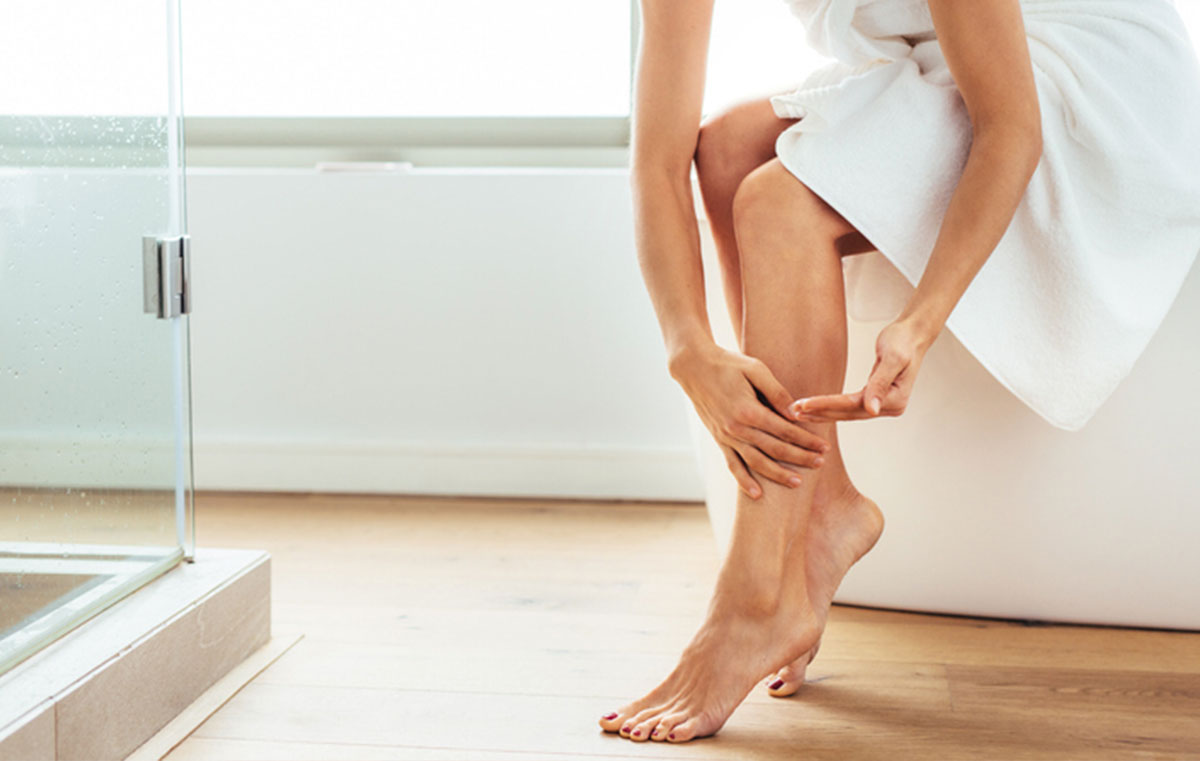
How to Stop Itchy Legs After Shaving
So, what should you do to prevent itchy legs after shaving? The first thing you should do is try using a different method of shaving.
-
Apply Moisturizer
Moisturize your skin after shaving. Apply one of the following moisturizers to your legs: Aftershave Balm, perfect for sensitive skin, Vaseline, or thick body cream.
Apply a thick layer to your legs, allow it to absorb, then gently towel off any excess moisture. Avoid applying lotions or creams to your legs that contain essential oils, menthol, eucalyptus, or camphor.
Try CeraVe Hydrating Moisturising Lotion for a nourishing, overnight treatment. This is a non-irritating, moisturizing, alcohol-free lotion free from fragrancing and parabens. It absorbs quickly and leaves the skin feeling soft and supple.
Another product you should try is Philosophy Microdelivery Sculpting Lotion After Shaving. It is a light, weightless moisturizer perfect for drying and repairing your skin.
-
White Tea
White tea contains three main components: flavonoids, caffeine, and polyphenols, active in soothing the body internally and externally. To use white tea bags to bring down inflammation, steep the tea bags in hot water for 3-5 minutes and then apply them to the affected area. You can also try adding white tea to your cooking or baking to add flavor and antioxidants to your dishes.
-
Wear Loose Clothing
If you have itchy legs, wear loose clothing until your itching stops. This will help prevent your skin from becoming irritated and allow your body to breathe.
- You can prevent ingrown hairs by exfoliating and applying a pre-shave oil to your skin before shaving.
- Use a new razor blade each time you shave
- Apply anti-bacterial soap after shaving.
- Use a warm, damp towel to remove hair instead of a hot, dry towel.
- Shave with the grain.
- Shaving immediately after a warm shower is ideal.
- Avoid pulling or cutting your leg hairs too short.
- You can try using an electric trimmer.
When to see a Doctor on how to Stop Itchy Legs After Shaving
No, itchy legs after shaving are usually not something serious. However, if the itchiness is severe or accompanied by other symptoms, such as redness, swelling, or pain, it could indicate an allergic reaction or infection. If you experience any of these symptoms, see a doctor for treatment.
You might also like to read:
–What Does Shaving Cream Do: Everything You Need To Know About Shaving Cream
–How To Clean A Razor For The Best Shaving Experience-A Simple Guide
–The Ultimate Guide On How to Use a Safety Razor + 4 Best Safety Razors To Use
–Shoulder Pain Sleeping on Side: Causes, Prevention, And Exercises To Relieve Shoulder Pain
–12 Best Body Wash For Dry Skin That’ll Hydrate And Moisturise Your Body







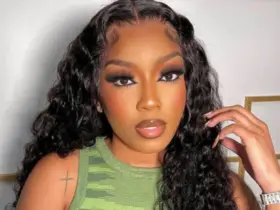



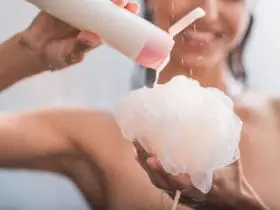


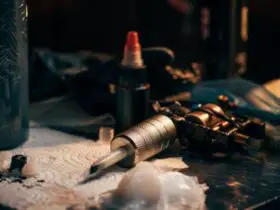


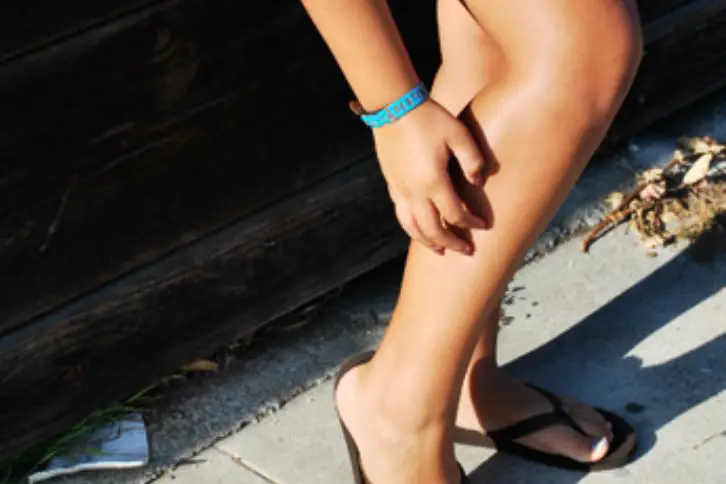


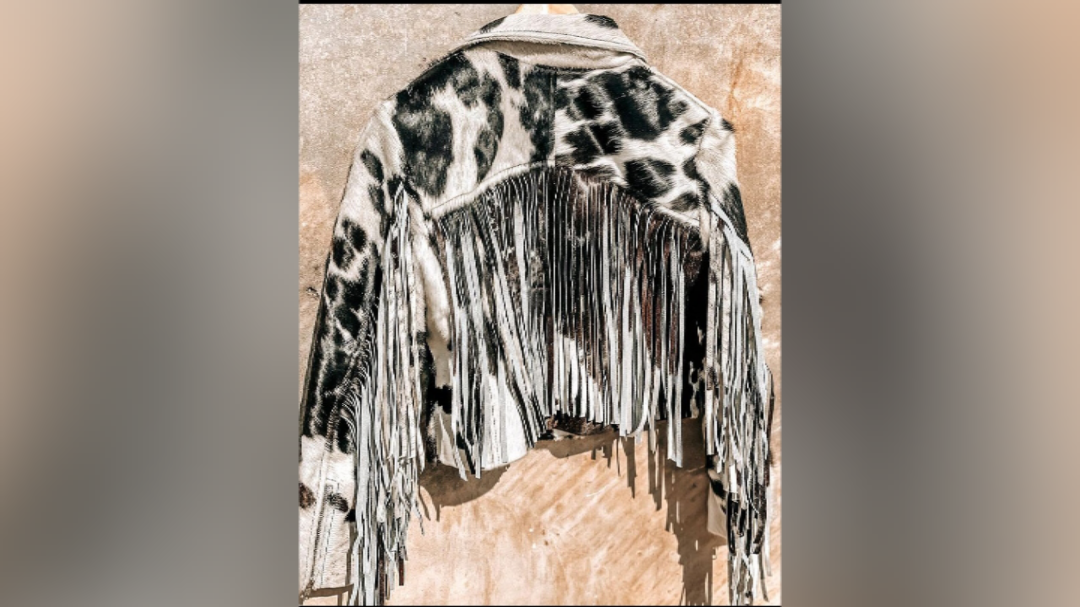
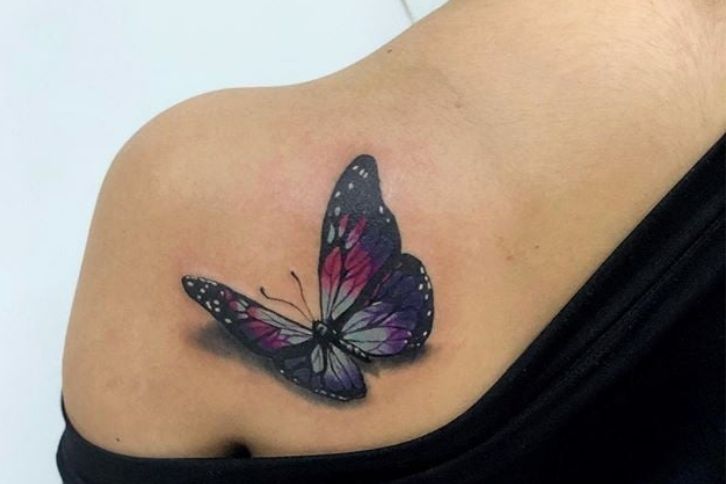
About Me
Fashion & Beauty Enthusiast
Hi, I'm Fanti. I'm a fashion, beauty, and lifestyle enthusiast, and the ultimate curves queen. Here, I share beauty, fashion, and lifestyle tips to teach, inspire, and give confidence to all women.